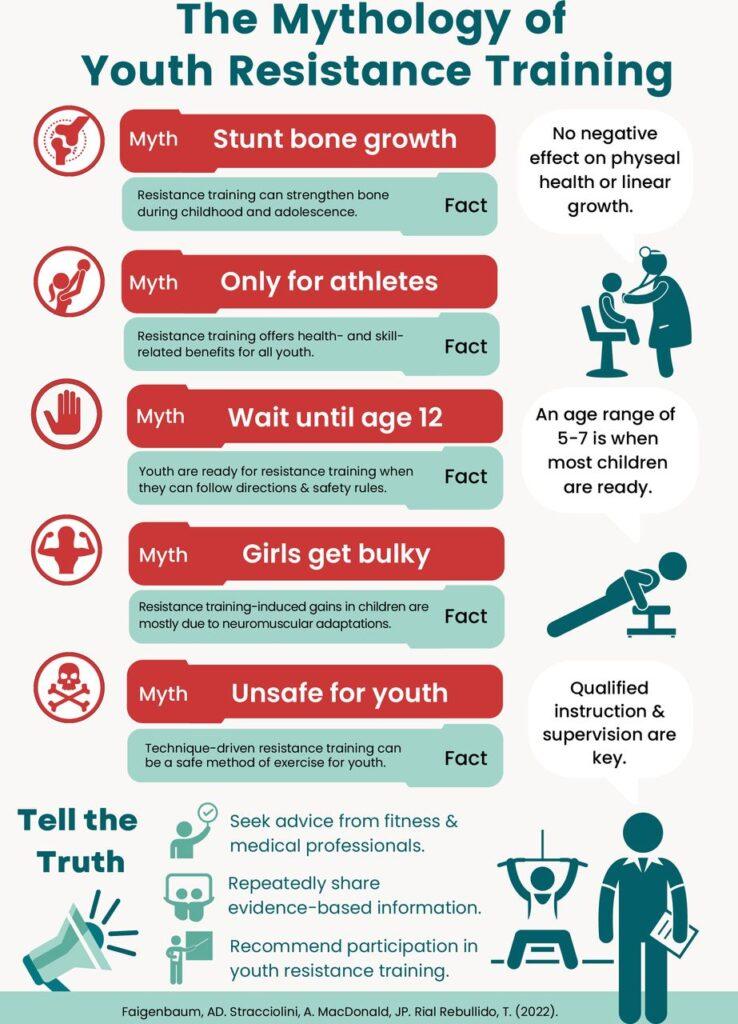In recent years, the clanking of weights and the rhythmic hum of treadmills have begun to echo beyond the adult realm, drawing in a younger audience eager to sculpt their burgeoning physiques. As teenagers venture into the world of strength training, a multitude of questions arise, entwining threads of curiosity, caution, and enthusiasm. Should adolescents, in their formative years, embrace the iron and discipline of weightlifting? Or should they tread carefully, mindful of the potential impacts on their growing bodies? This article delves into the heart of this debate, exploring the benefits, risks, and myths surrounding teenagers and strength training programs. With insights from experts and stories from the young lifters themselves, we aim to illuminate the path forward, helping parents, coaches, and teens make informed decisions in this age-old yet ever-evolving discussion.
Benefits of Strength Training for Teenagers
Engaging in strength training offers numerous advantages for teenagers, contributing significantly to their overall health and development. It not only aids in building a robust physical foundation but also enhances mental well-being. Physical benefits include increased muscle strength, improved bone density, and better coordination, which are crucial during the growth spurts common in adolescence. Additionally, it helps in maintaining a healthy weight and reducing the risk of sports-related injuries by strengthening ligaments and tendons.
- Boosts confidence and self-esteem
- Encourages discipline and a sense of responsibility
- Promotes better posture and balance
- Enhances focus and concentration, which can translate to better academic performance
Beyond the physical aspects, strength training fosters a sense of achievement and boosts mental resilience. Teenagers learn to set goals, persevere through challenges, and celebrate their progress, which can be incredibly empowering. By incorporating structured exercise routines, they develop lifelong healthy habits that can mitigate stress and anxiety, paving the way for a more balanced lifestyle.

Understanding the Risks and Safety Measures
While strength training can be beneficial for teenagers, it is crucial to understand the potential risks involved and the safety measures necessary to mitigate them. Adolescents are still in their growth phase, and improper training can lead to injuries or hinder development. Supervision by a qualified trainer is essential to ensure exercises are performed with the correct form and technique. This guidance helps in avoiding common pitfalls such as overloading weights or skipping warm-ups, which can lead to muscle strains or joint issues.
To create a safe training environment, consider the following recommendations:
- Focus on technique over the amount of weight lifted to build a solid foundation.
- Incorporate a balanced workout plan that includes strength, flexibility, and cardiovascular exercises.
- Ensure the teenager gets adequate rest and recovery time to prevent overtraining.
- Encourage open communication about any discomfort or pain experienced during workouts.
- Promote a positive mindset towards fitness, emphasizing health and well-being rather than competition or appearance.
Implementing these measures can significantly reduce risks and help teenagers safely enjoy the benefits of strength training.

Designing an Effective Strength Training Program for Teens
When crafting a strength training regimen for teens, it’s crucial to focus on safety, balance, and gradual progression. Safety should always be the top priority, ensuring that exercises are performed with proper form and under appropriate supervision. Start with bodyweight exercises to build a solid foundation before introducing weights. This helps in developing coordination and muscle memory, reducing the risk of injury.
A well-rounded program should incorporate various elements to promote overall fitness and development. Consider including:
- Core exercises to enhance stability and posture.
- Compound movements like squats and push-ups to engage multiple muscle groups.
- Flexibility and mobility routines to improve range of motion and prevent injuries.
- Recovery days to allow muscles to repair and grow stronger.
By balancing these components, teens can enjoy the benefits of increased strength, better endurance, and a boost in self-confidence, all while minimizing the risk of injury.

Expert Recommendations and Best Practices for Young Athletes
Engaging in strength training can be highly beneficial for teenagers, provided it is done under proper guidance and with attention to safety. Experts emphasize the importance of supervision by a qualified coach or trainer who can tailor programs to suit the developmental stage of the young athlete. Key best practices include focusing on technique and form, rather than lifting heavy weights prematurely. This ensures that the body develops a solid foundation, reducing the risk of injury and promoting long-term athletic growth.
- Start with bodyweight exercises: These build strength and stability without the added risk of weights.
- Prioritize balanced training: Incorporate exercises that target different muscle groups to prevent overuse injuries.
- Emphasize recovery and nutrition: Adequate rest and a balanced diet are crucial for muscle development and overall health.
Implementing these strategies not only enhances physical capabilities but also instills a sense of discipline and body awareness in young athletes, setting them up for success in their sports endeavors.
